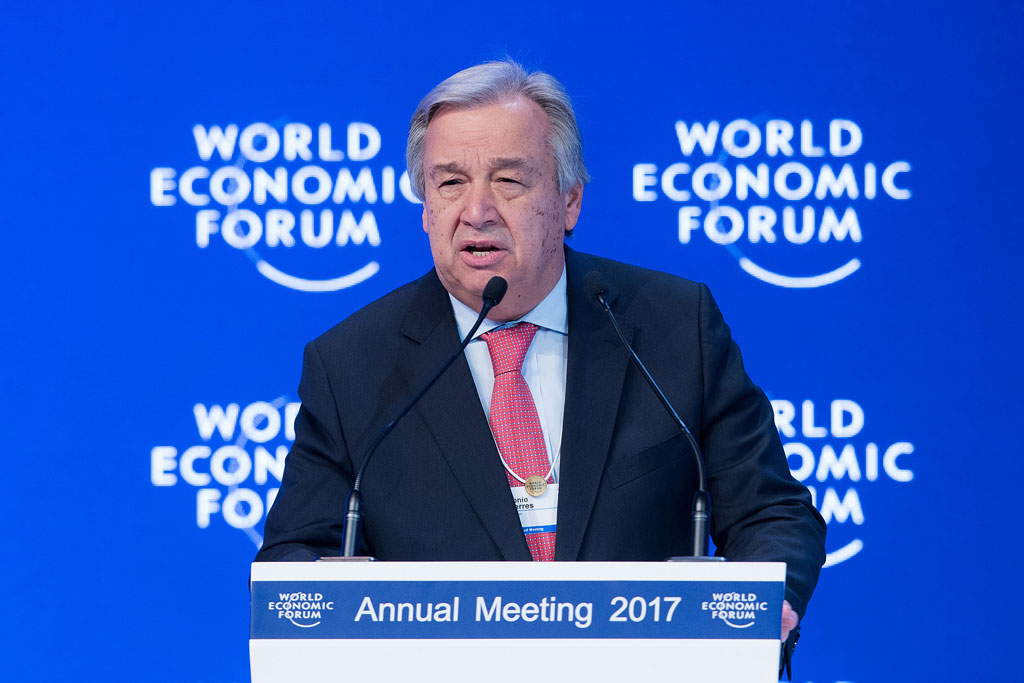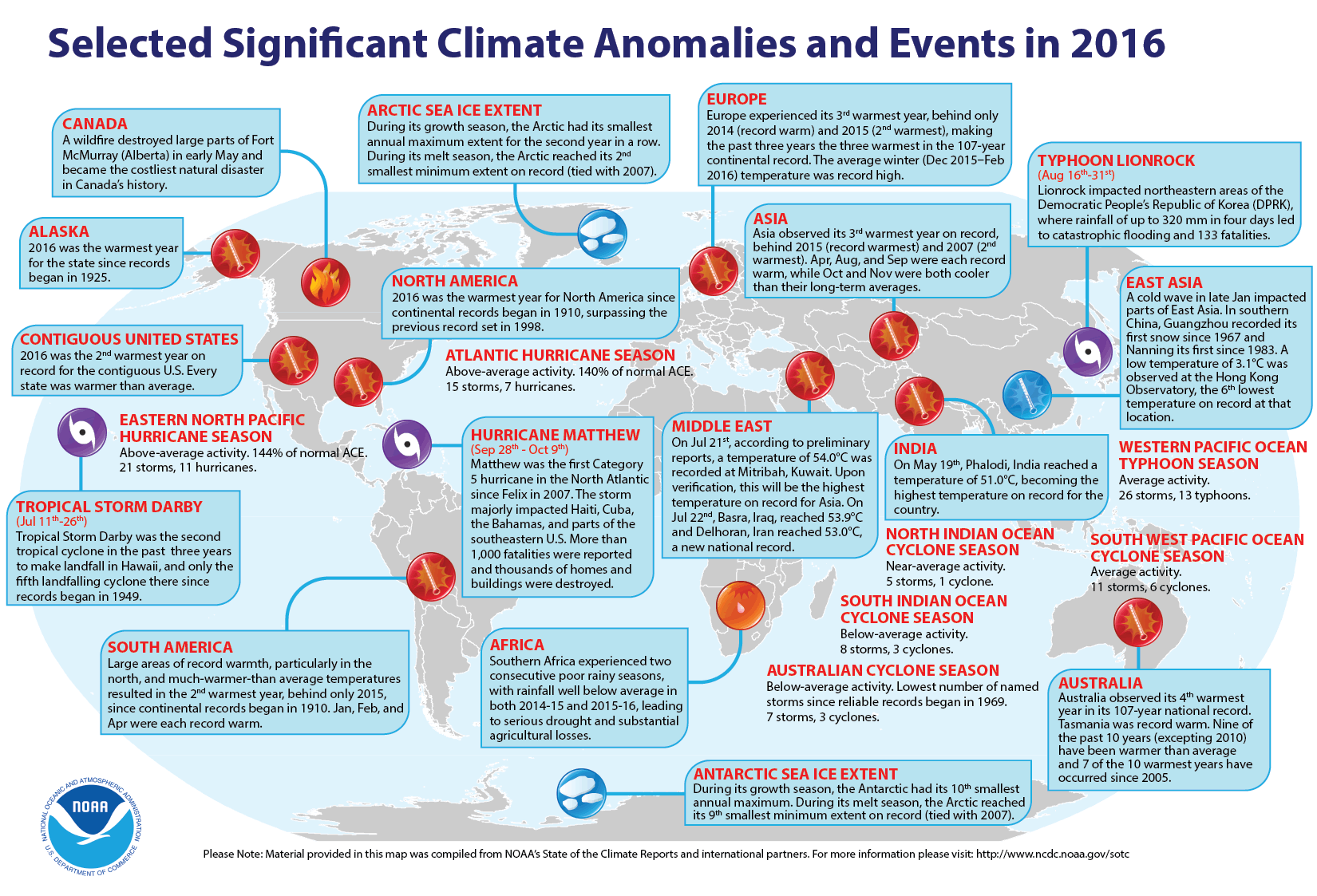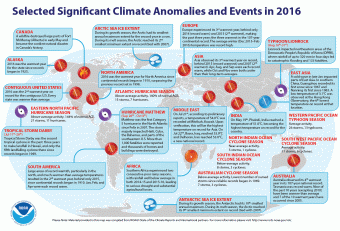 Christian Zinglersen, the Deputy Permanent Secretary at the Danish Ministry of Energy, Utilities and Climate, was named the first Head of Secretariat for the new Clean Energy Ministerial Secretariat, established at the International Energy Agency (IEA).
Christian Zinglersen, the Deputy Permanent Secretary at the Danish Ministry of Energy, Utilities and Climate, was named the first Head of Secretariat for the new Clean Energy Ministerial Secretariat, established at the International Energy Agency (IEA).
Mr Zinglersen will lead the CEM Secretariat to support an accelerated global transition to modern and clean energy sources. He takes his position, based in the IEA’s headquarters in Paris, on February 1.
Mr Zinglersen brings a distinguished background to the position, with a career at the intersection of clean energy, diplomacy and the advancement of global partnerships, having worked in the Danish Foreign Service and the Danish Ministry of Energy, Utilities and Climate.
The CEM is a voluntary and collaborative partnership of 24 countries and the European Commission working together to accelerate the global transition to modern, clean energy. Launched in 2010, the CEM pairs the leadership of energy ministers and engagement from the private sector and other international partners with year-round country-led initiatives and campaigns to drive faster deployment of clean energy policies and technologies worldwide.
At the Seventh Clean Energy Ministerial (CEM7), hosted by the United States in San Francisco, CEM ministers made the decision to move the CEM Secretariat, which was hosted by the U.S. Department of Energy, to the IEA.
“By establishing an international Secretariat at the IEA, we have a tremendous opportunity to increase the forum’s impact, particularly through a stronger partnership that draws on the analytical expertise of the IEA, and establish the CEM as a key forum to help countries implement ambitious clean energy policies,” said Mr Zinglersen. “I’m excited at the opportunity to lead this effort.”
Source: iea.org










 Addressing the World Economic Forum in Davos, Switzerland, United Nations Secretary-General António Guterres yesterday called for a new generation of partnerships with the business community to limit the impact of climate change and to reduce poverty.
Addressing the World Economic Forum in Davos, Switzerland, United Nations Secretary-General António Guterres yesterday called for a new generation of partnerships with the business community to limit the impact of climate change and to reduce poverty.
 Last week ISWA launched its latest publication “Waste Management Outlook for Mountain Regions”.This new publication is a cooperation with United Nations Environment Programme (UNEP), International Environmental Technology Centre (IETC) and GRID-Arendal.
Last week ISWA launched its latest publication “Waste Management Outlook for Mountain Regions”.This new publication is a cooperation with United Nations Environment Programme (UNEP), International Environmental Technology Centre (IETC) and GRID-Arendal.
 Dong Energy will present its oil and gas exploration and production activities as “discontinuing operations” in its financial statements for 2016.
Dong Energy will present its oil and gas exploration and production activities as “discontinuing operations” in its financial statements for 2016.




 Plant for the waste water treatment in the Carlsberg beer factory in Čelarevo opened in 2010 in the presence of the top state officials. This brewery is among the first in Serbia which presented this kind of facility. They wanted to emphasize that they care about the broader community and the environment.
Plant for the waste water treatment in the Carlsberg beer factory in Čelarevo opened in 2010 in the presence of the top state officials. This brewery is among the first in Serbia which presented this kind of facility. They wanted to emphasize that they care about the broader community and the environment.
 The output cuts announced by OPEC and eleven non-OPEC producers have entered their probation period and it is far too soon to see what level of compliance has been achieved. The coming weeks will provide more clarity and in the meantime developments elsewhere in the oil supply/demand balance are very intriguing. Once again we have revised upwards our estimate for global oil demand growth in 2016: we now see growth at 1.5 mb/d, with most of the revision contributed by stronger European demand, mainly in LPG and diesel. Europe has seen two years of year-on-year growth following nine straight years of flat or declining demand.
The output cuts announced by OPEC and eleven non-OPEC producers have entered their probation period and it is far too soon to see what level of compliance has been achieved. The coming weeks will provide more clarity and in the meantime developments elsewhere in the oil supply/demand balance are very intriguing. Once again we have revised upwards our estimate for global oil demand growth in 2016: we now see growth at 1.5 mb/d, with most of the revision contributed by stronger European demand, mainly in LPG and diesel. Europe has seen two years of year-on-year growth following nine straight years of flat or declining demand.


 The World Meteorological Organization (WMO) yesterday announced that the year 2016 has been the hottest year on record, surpassing the exceptionally high temperatures of 2015, according to a consolidated analysis.
The World Meteorological Organization (WMO) yesterday announced that the year 2016 has been the hottest year on record, surpassing the exceptionally high temperatures of 2015, according to a consolidated analysis.
 The OPEC Monthly Oil Market Report covers major issues affecting the world oil market and provides an outlook for crude oil market developments for the coming year. The report provides a detailed analysis of key developments impacting oil market trends in world oil demand, supply as well as the oil market balance. Please find the Report
The OPEC Monthly Oil Market Report covers major issues affecting the world oil market and provides an outlook for crude oil market developments for the coming year. The report provides a detailed analysis of key developments impacting oil market trends in world oil demand, supply as well as the oil market balance. Please find the Report 

